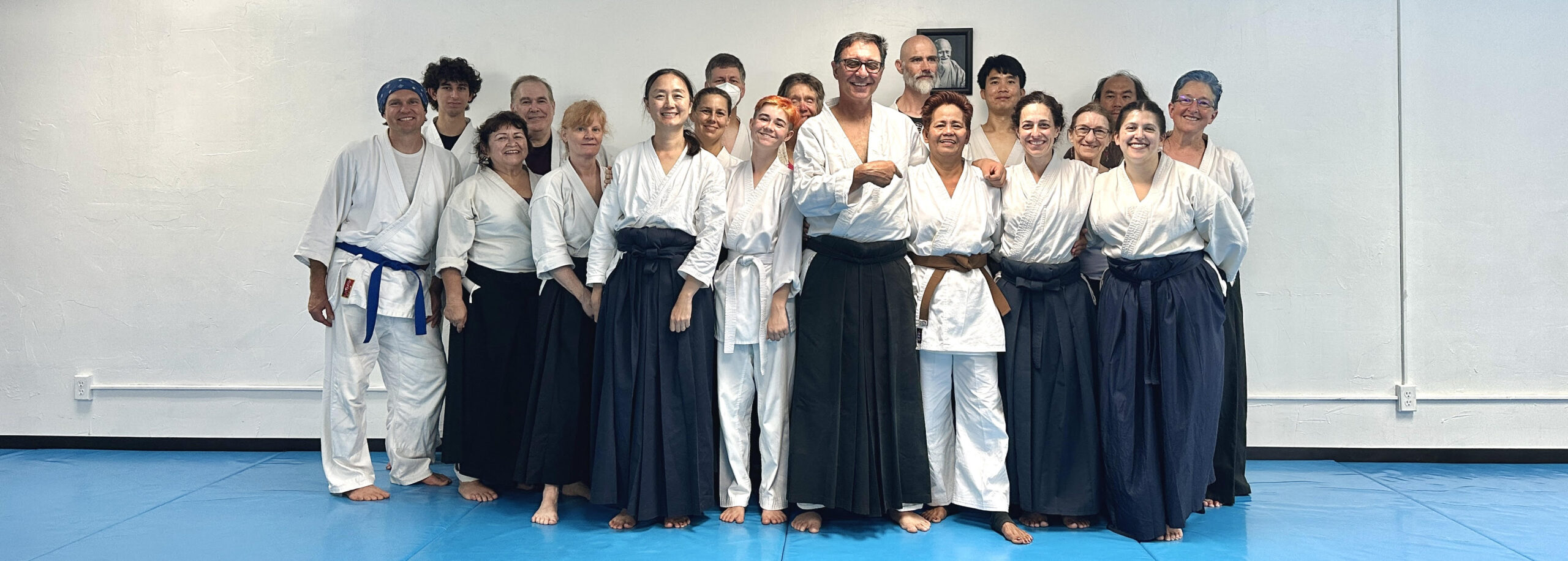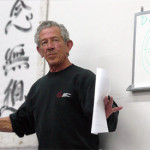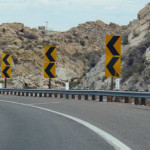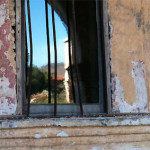Milestone: One Year in Aikido
I am celebrating the completion of my first year in Aikido by staying home and fighting off a cold. I really wanted to be on … Read more …
http://www.flickr.com/apps/slideshow/show.swf?v=71649
A slideshow with a couple-hundred of the photos I took this weekend during the seminar with Robert Nadeau Shihan, at Aikido of San Diego. (Better yet, watch it full-screen on Flickr.)
A great time, lots of fun people to train with, beautiful weather, and of course fantastic teaching. Many thanks to everyone who made it possible.
I am participating in a seminar this weekend with Robert Nadeau Shihan, at Aikido of San Diego. Friday evening was a question and answer session. Very interesting stuff. I feel very fortunate to have him here, and grateful for his time in sharing his realizations and experiences with us.
One of the yudansha who teaches at our dojo, Cyril, uses a variety of people as Uke when he demonstrates techniques. It makes classes that much more intense, because you never know when or if you’ll be called up, so you’d best pay sharp attention.
Learning to be a good uke is really important to me, for a lot of reasons. A lot of the most valuable learning in Aikido comes from ukemi. Like learning to move with and into the energy and situation, rather than fighting against it, for instance, not as a way of giving up, but to keep one’s center and regain balance. Being a good uke isn’t just falling, it includes providing committed attacks so one’s partner can practice effectively. Ukemi seems to be where I find growth and discovery happening, more than in practicing techniques as Nage.
So I’m grateful every time I’m called up to help demonstrate a technique. Even when (and it seems to be the case more often than not) I screw it up in some spectacular way, and have to be shown what was wanted. Although he is incredibly gracious about it, I hate being incompetent. Crawling under a rock has sounded like a good plan on a few occasions.
I learned early on, however, that abject humiliation, even in front of the whole class, will not kill me. The only thing to do is shake it off, note the correction, focus, and do better the next time.
Actually, I’m grateful for the correction, and for the fact that even after I screw something up pretty thoroughly, I’m called up again. He doesn’t get mad, and he doesn’t give up on people. I thanked Cyril last night for his “persistent and good-humored attempts to help me become a better uke.”
If I pay close enough attention to how he gently guides and redirects students it could help me become a better teacher, and better person, too.
Body, Border Collies, & Beer
Every month or two Sensei offers an Aikido In Focus workshop at the dojo. This time the subject was jiyuwaza, or freestyle. One-on-one practice, using … Read more …
Today we had exams for children and 6th Kyu candidates. Everyone passed! Since I wasn’t testing, I was free to do a little photography.
Here’s a link to a slideshow on Flickr:
http://www.flickr.com/photos/lindaeskin/sets/72157623660806136/show/
The Meaning of “Sensei”
I got the book “Holding the Center – Sanctuary in a Time of Confusion” by Richard Strozzi-Heckler recently. I finally picked it up to begin reading it last night, and randomly opened it to this paragraph, in the chapter on Teachership [emphasis mine]:
“The kanji for sensei is a man leading an ox by a nose ring. This indicates that through wisdom and intelligence a teacher is able to guide even that which is difficult and resistant. Sen depicts the earth giving birth to a plant, which in turn yields a flower or fruit. From this image we are reminded that life comes from life, that learning and growth come from a living transmission. Sei is often spoken of as Heaven, Human, and Earth united to create something new and useful. With the symbols placed together, sensei or teacher is someone who has more experience than us, whose consciousness is more expanded, who has walked before us on the path that we are now on, and who embodies a vision of the world that is more powerful than the one we now live in. Sensei is able to guide students on the steps that are necessary for them to gain proficiency in a specific discourse. A teacher is someone willing to cultivate our own life so that it will bear fruit.”
Richard Strozzi-Heckler
Holding the Center: Sanctuary in a Time of Confusion
While the explanation of the symbols escapes me, the sentiment rings true. The entire chapter is an interesting look at what it means to be a teacher.
More About Being a Sensei
Sensei – What It Means to Have a Teacher, from this series of 26 posts, one for each letter of the alphabet. Not just about teachers, but what it means to be a student of a teacher.
Some selected bits of wisdom from my teacher, Dave Goldberg Sensei, that apply to life outside the dojo as well as to Aikido training: Off-The-Mat Aikido —Things Sensei Says.
Questions for My Teacher’s Teacher
My teacher’s teacher is coming to our dojo in April. My teacher, Dave Goldberg Sensei, is a student of Robert Nadeau Shihan. Nadeau Shihan will be … Read more …











